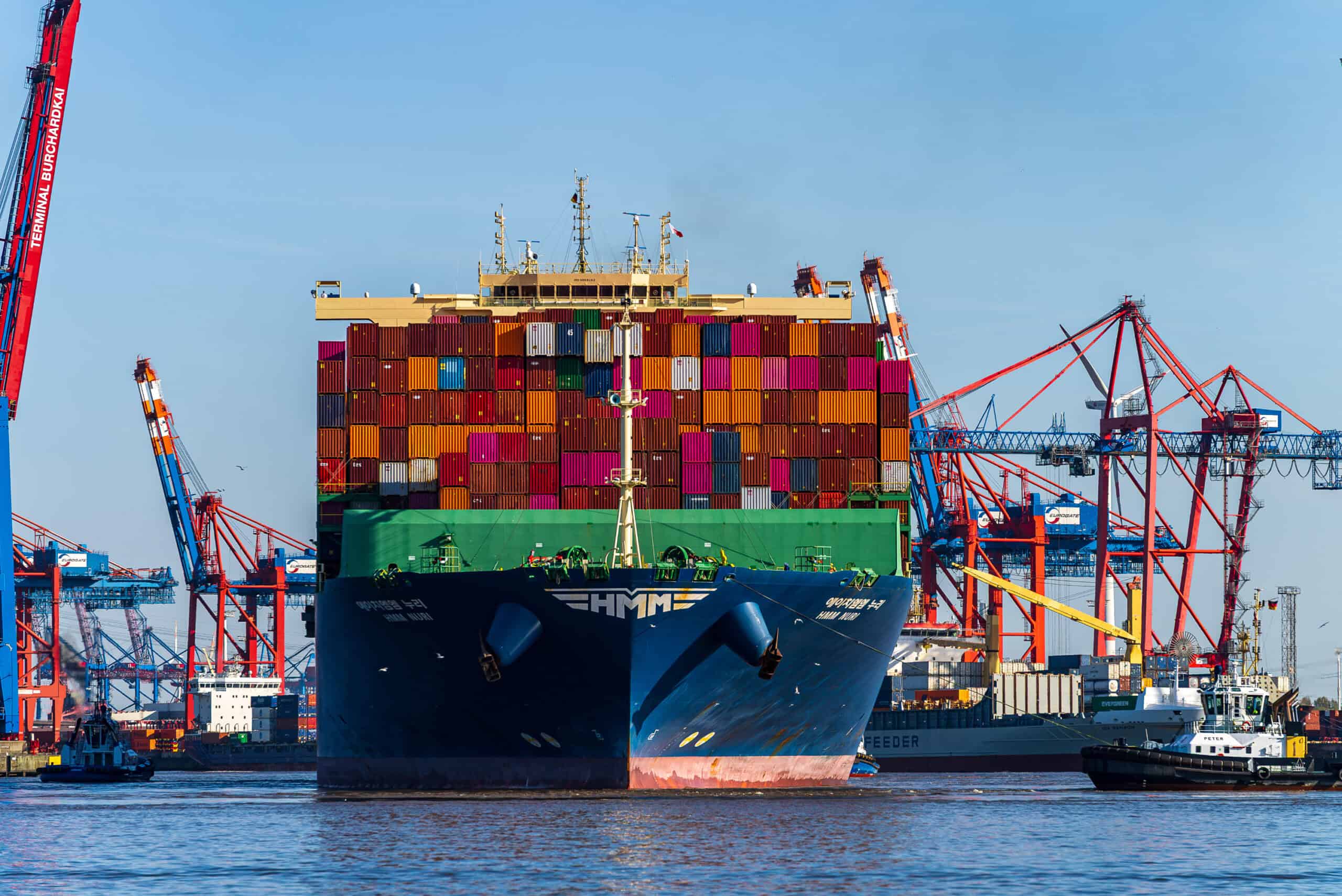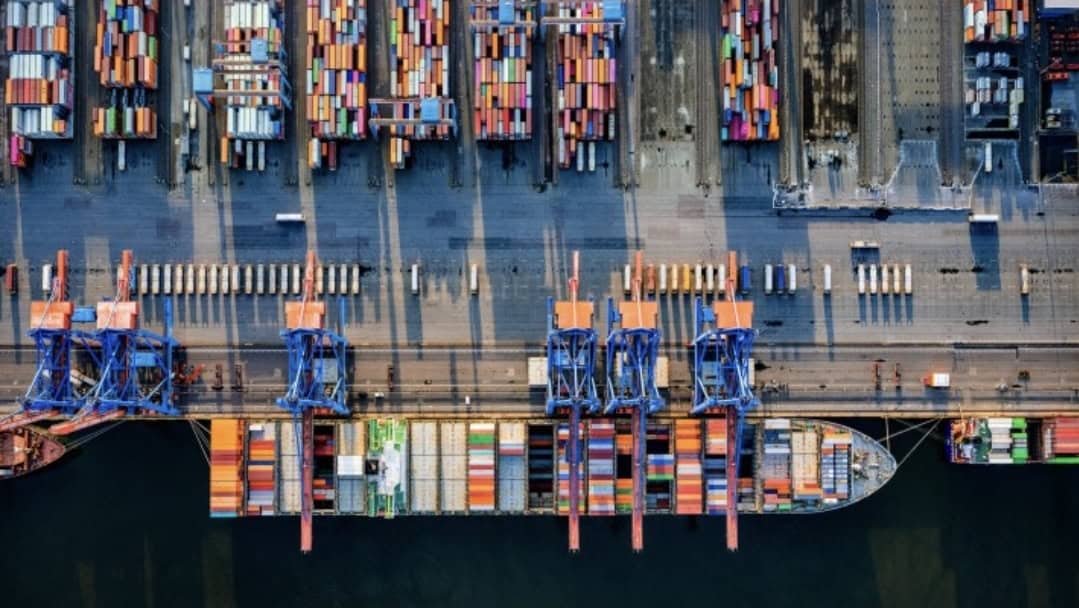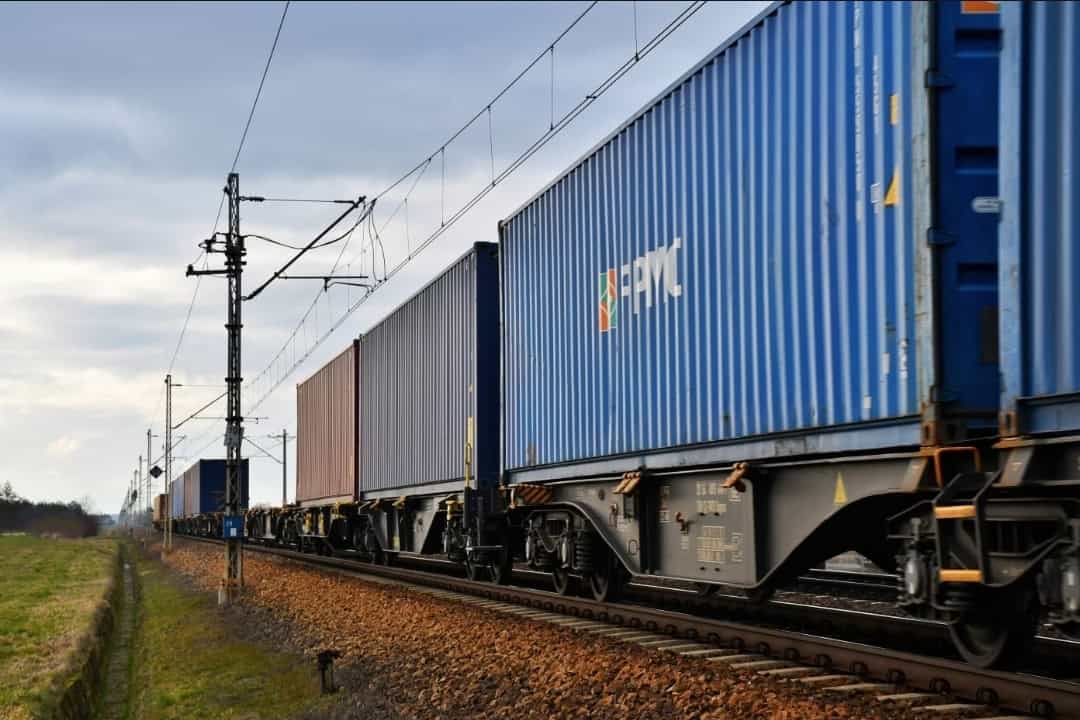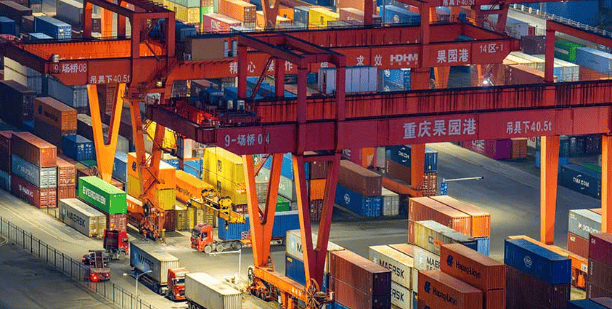Cargo throughput at the Port of Hamburg remained stable and solid after the third quarter of 2025. While container traffic to and from the United States continued to decline, the Asian and European trade regions maintained positive momentum.
Seaborne cargo throughput rose to 86.8 million tons between January and September 2025 (+3.4 percent year-on-year). As in the first half of the year, this growth was driven by the positive trend in container handling, which increased to 6.3 million TEU (+8.4 percent). In tonnage terms, throughput of containerized general cargo increased to 61.3 million tons (+5.4 percent).
Bulk cargo throughput was almost at the same level as in the corresponding period of the previous year (-0.8 percent, at 24.6 million tons). In the third quarter, bulk commodities made a particularly positive contribution (+9.4 percent compared with the same quarter of the previous year), driven by higher imports of coal and ore (+16.4 percent and +3.8 percent respectively).
Container throughput continues to grow, bulk cargo stable
Seaborne cargo throughput rose to 86.8 million tons between January and September 2025 (+3.4 percent year-on-year). As in the first half of the year, this growth was driven by the positive trend in container handling, which increased to 6.3 million TEU (+8.4 percent). In weight terms, throughput of containerized general cargo increased to 61.3 million tons (+5.4 percent).
Bulk cargo throughput remained close to last year’s level (-0.8 percent, at 24.6 million tons). In the third quarter, bulk commodities gave a particularly strong boost (+9.4 percent compared with the same quarter of the previous year), owing to increased imports of coal and ore (+16.4 percent and +3.8 percent respectively).
Growth in trade with Asia and Europe offsets decline in exchange with the U.S.
Growth in container throughput in the first three quarters continued to be driven by the Asian (+11.0 percent year-on-year) and European (+14.0 percent) trade regions. Container traffic with the United States remained affected by trade complications, resulting in a corresponding drop in volumes (-23.9 percent, to 395,000 TEU).
In Asia, trade with China increased steadily, reaching 1.8 million TEU (+7.9 percent). Malaysia (+89.8 percent, to 273,000 TEU) continued to benefit from its growing role as a regional hub in Southeast Asia. Trade with India (+45.5 percent, to 214,000 TEU) also maintained a strong growth rate, further strengthening the importance of this route for the Port of Hamburg’s throughput.
In intra-European trade, Denmark (+37.1 percent, to 147,000 TEU), Finland (+26.5 percent, to 195,000 TEU), and Poland (+18.9 percent, to 276,000 TEU) stood out.
Rising container throughput in hinterland transport
In the third quarter, additional liner services connecting the port with Southern Europe, the Mediterranean region, and South America called at the Port of Hamburg for the first time, positively influencing container throughput. After nine months, container throughput in the transshipment segment maintained the growth dynamics of the first half (+22.5 percent, reaching 2.4 million TEU compared with the same period of the previous year).
The share of containers transported by rail remained at a similar, high level as the year before (-0.5 percent, 2.0 million TEU). The trend of high utilization of container train capacity continued. Overall, container transport in the Port of Hamburg’s hinterland increased to 3.9 million TEU (+1.4 percent).



